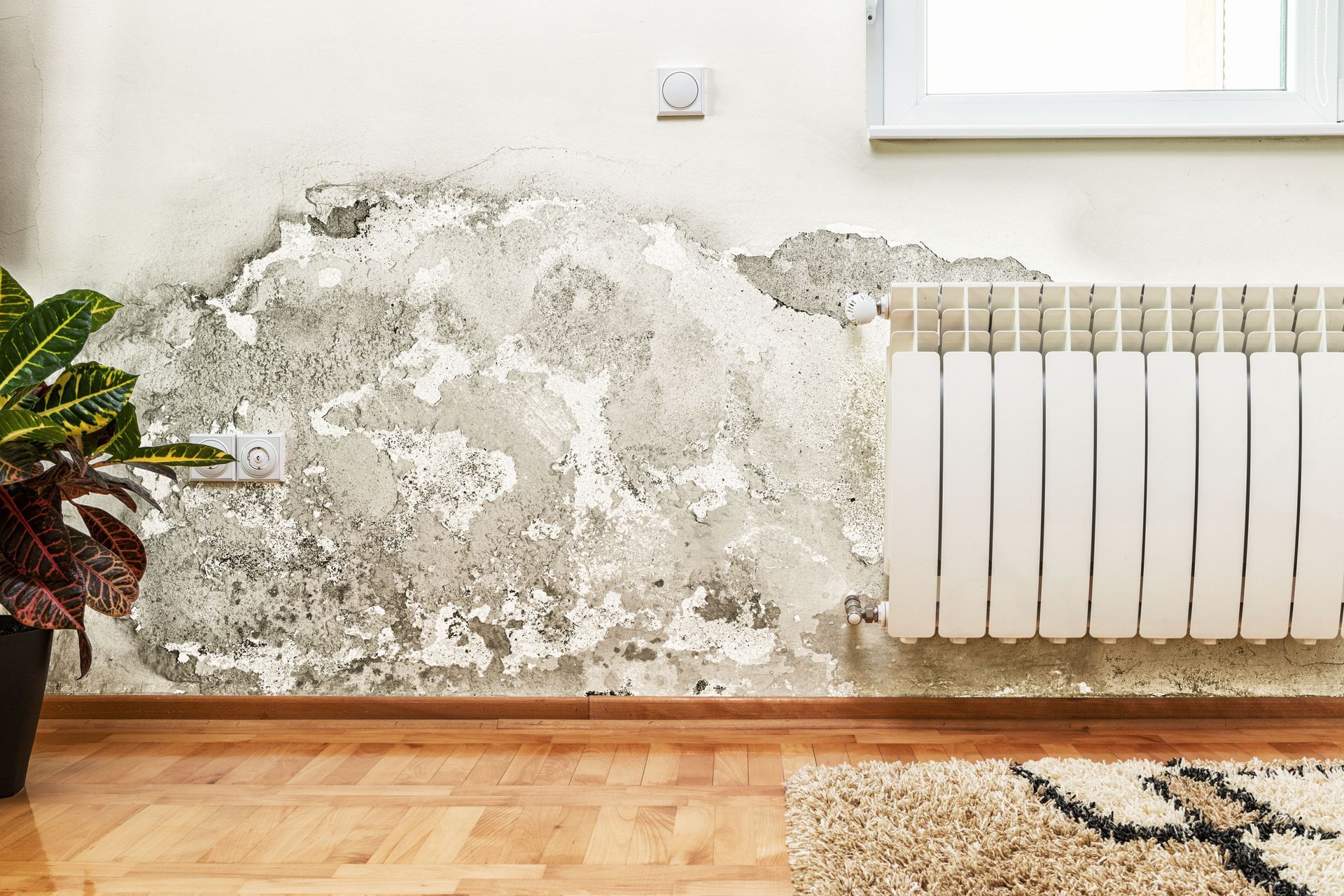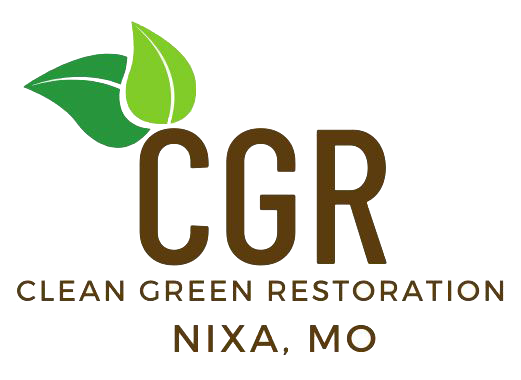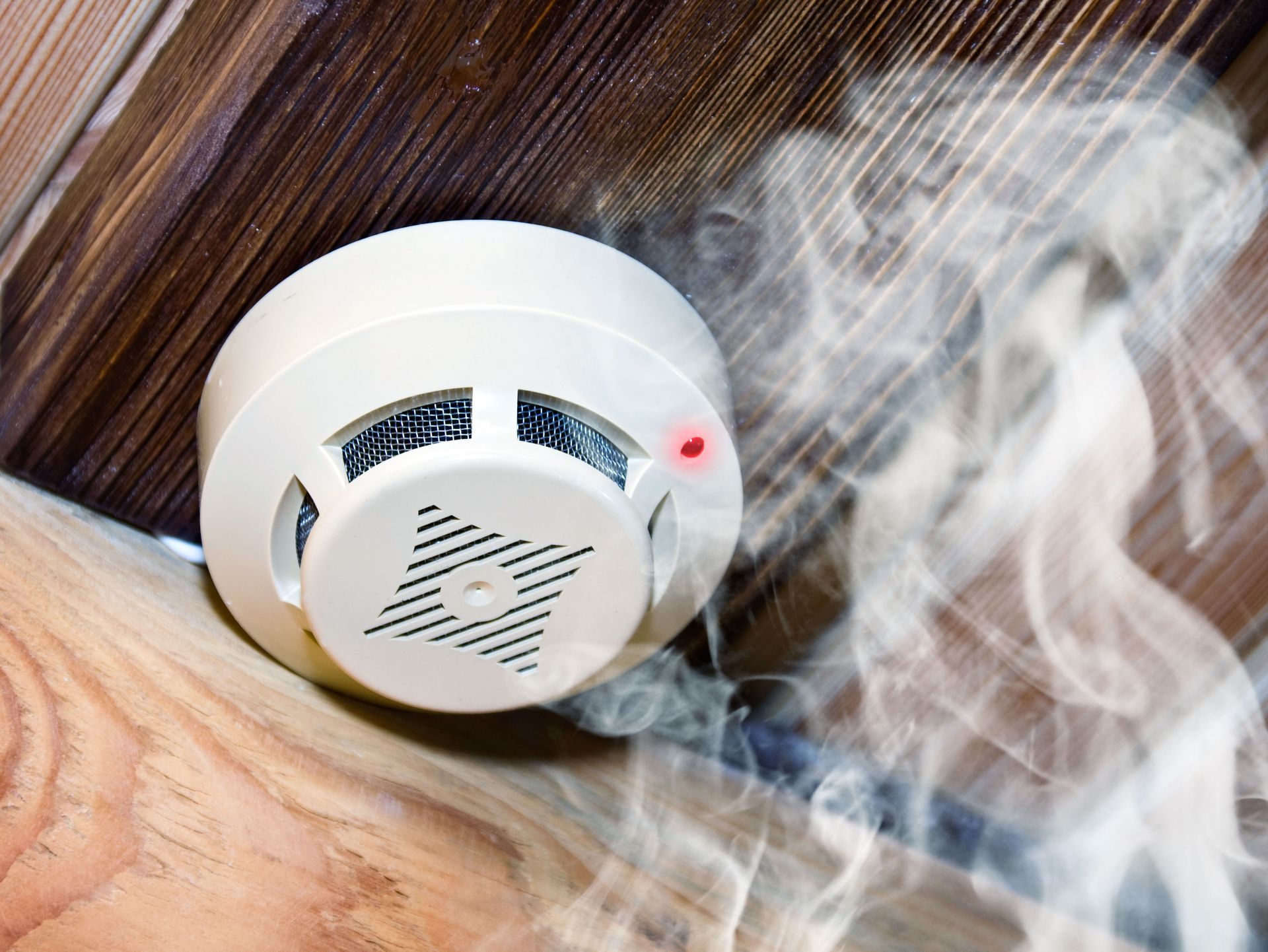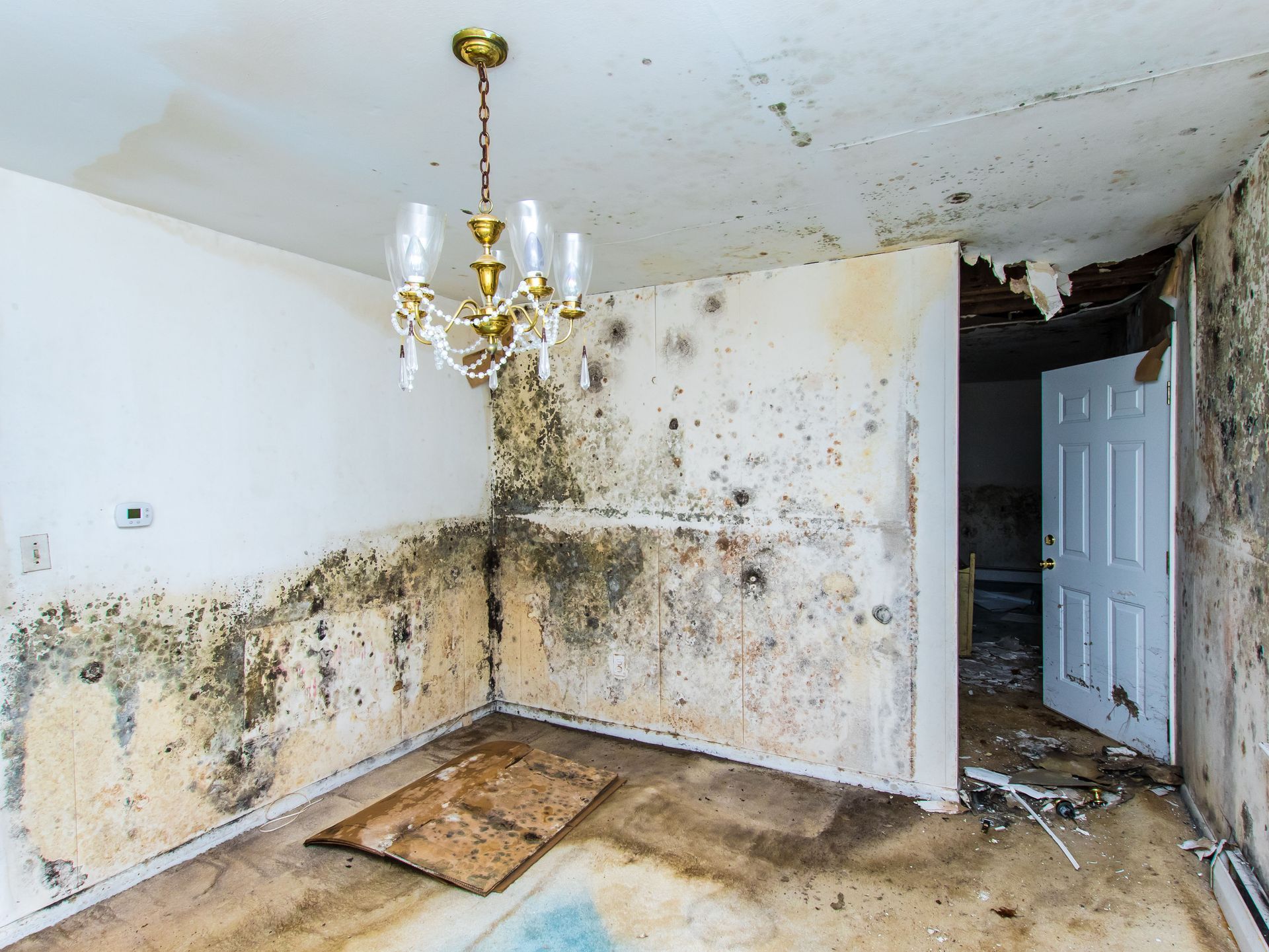September 17, 2025
Water damage can have devastating effects on both residential and commercial properties. Understanding the importance of timely and effective water damage restoration is crucial to mitigating long-term damage and minimizing financial costs. This article explores the various facets of restoration and emphasizes why it is essential for property owners and occupants alike.
The Basics of Water Damage
Types of Water Damage
Water damage is classified into three categories based on the source and potential contaminants. Clean water damage originates from sources like broken pipes or rainwater and poses no immediate health risk. Gray water damage comes from appliances such as washing machines and includes slight contaminants, making exposure somewhat hazardous. Black water damage, the most severe form, involves water from sewage or floods, loaded with pathogens and chemicals, posing significant health risks. Each type requires different management strategies, making accurate classification crucial in water damage restoration efforts.
According to Water Damage Defense, 14,000 people in the U.S. experience a water damage emergency every day in 2024. This alarming frequency underscores the importance of prompt and professional response to water damage restoration. An informed approach, encompassing an understanding of the water damage type, can significantly reduce its impact. As water damage emergencies become increasingly common, streamlined response and restoration practices are more critical than ever.
Common Causes of Water Damage
Water damage is frequently caused by natural disasters such as floods and heavy rainstorms, especially in geographically susceptible areas. These disasters can breach flood defenses and overwhelm drainage systems, resulting in widespread structural damage to properties. In addition to natural forces, internal plumbing failures are also common culprits, often stemming from aging infrastructure or poor maintenance. Burst pipes, which can quickly escalate into substantial water damage events, are particularly notorious in colder climates where pipes may freeze and rupture. Appliance malfunctions, such as those involving water heaters, washing machines, and dishwashers, further contribute to the prevalence of water damage incidents in households.
Immediate vs. Long-Term Effects
The immediate effects of water damage are often visible and can range from soggy drywall and warped wood to unpleasant odors and discoloration of materials. These initial impacts, although seemingly benign, can quickly evolve into safety hazards if not promptly addressed. Mold development is a common immediate consequence when moisture is left unchecked, posing significant health risks and structural degradation. The longer water sits, the more severe these issues become, leading to compromised building integrity. Therefore, swift action is paramount in mitigating the immediate effects of restoration, protecting both the property and its inhabitants.
Health Risks Associated With Water Damage
Water damage presents numerous health risks primarily due to the potential growth of mold and the spread of bacteria. Mold thrives in moist environments, often making water-damaged properties a breeding ground for these fungi. Exposure to mold can cause respiratory problems, skin irritations, and other allergic reactions, posing significant risks to the health of occupants. Beyond mold, stagnant water can harbor dangerous bacteria and pathogens, especially if the water source is gray or black. These microorganisms can lead to severe illnesses, emphasizing the need for thorough and immediate water damage restoration.
Financial Impact on Property Owners
The financial implications of water damage on property owners can be staggering, with restoration costs quickly escalating if not addressed promptly. Direct expenses include immediate repairs, water removal, and the replacement of damaged belongings, often reaching substantial figures depending on the severity. In addition to these direct costs, indirect losses can accrue due to temporary unavailability of the property, leading to loss of income in rental scenarios. Consequently, ignoring water damage can be financially debilitating, making prompt intervention a financially sound choice. Insurance might cover some categories of water damage, but policy stipulations and deductibles frequently leave homeowners with significant out-of-pocket costs.
The Process of Water Damage Restoration
Initial Assessment
The process of restoration begins with a comprehensive initial assessment, which is crucial for identifying the extent of the damage. Professional restoration teams are equipped to conduct detailed inspections, using specialized tools to measure moisture levels and detect hidden water presence. This step is essential to understand the full impact and inform the creation of a targeted response plan. Experts evaluate affected areas, checking for structural weaknesses, electrical hazards, and potential health risks like mold. The initial assessment sets the groundwork for an efficient restoration process, ensuring all damage is addressed effectively.
Water Extraction Techniques
Following the assessment, water extraction is the next critical step in the restoration process. This phase involves removing standing water using high-powered pumps and vacuums designed to handle extensive volumes efficiently. Speed is of the essence here, as lingering water can exacerbate damage and promote mold growth within a very short timeframe. Professionals employ advanced techniques and machines, such as submersible pumps and industrial wet/dry vacuums, to ensure all water is extracted rapidly from affected areas. Efficient water extraction is foundational to preventing further damage and reducing restoration costs.
Drying and Dehumidifying
Once extraction is complete, the focus shifts to drying and dehumidifying the affected areas, a phase critical for preventing mold growth and further structural damage. Restorers use industrial-grade dehumidifiers and high-speed air movers to remove remaining moisture from the air and materials. This equipment optimizes airflow and accelerates evaporation, effectively reducing humidity levels to safe parameters. Achieving thorough drying requires a balanced approach, carefully monitoring moisture levels to ensure complete dehydration without over-drying materials. Proper drying and dehumidification are essential steps in safeguarding against lingering dampness that could compromise building integrity and health safety.
Cleaning and Sanitizing
Cleaning and sanitizing are vital components of water damage restoration, restoring hygiene and safety to affected areas. This phase involves scrubbing and treating surfaces with specialized solutions to remove contaminants introduced by water damage. Cleaning efforts focus on removing any residues, while sanitization addresses microbial and bacterial growth, especially crucial after exposure to gray or black water. Professionals apply safe and effective disinfectants to eradicate bacteria and prevent health hazards, like mold or mildew resurgence. Cleaning and sanitizing ensure the property returns to a safe, habitable condition, free from potential health risks.
Repairing and Mitigating Water Damage
Once water is removed and affected areas are dried, restoration efforts focus on repairing damage without major reconstruction. Professionals patch drywall, replace damaged flooring, and ensure that any lingering moisture is eliminated to prevent mold growth. These measures restore safety and livability to the home while addressing the structural integrity of affected areas.
The Benefits of Professional Water Damage Restoration Services
Expertise and Experience
Professional restoration services offer unparalleled expertise and experience, ensuring peace of mind for property owners. Trained professionals possess a deep understanding of moisture dynamics and structural vulnerabilities, allowing them to assess and address damage with precision. Their knowledge extends to employing advanced techniques for comprehensive repairs and preventing future damage. These experts can identify the root cause and extent of damage, ensuring targeted and effective interventions to mitigate loss. Their experience translates into efficient management of restoration projects, addressing issues promptly and thoroughly.
Use of Advanced Equipment
Professional restoration teams leverage advanced equipment to efficiently remove water, dry materials, and sanitize affected areas. Tools such as high-capacity pumps, industrial dehumidifiers, moisture meters, and thermal imaging cameras allow teams to detect hidden moisture, prevent mold growth, and restore properties quickly and safely. Using professional-grade equipment ensures thorough restoration while minimizing risks to both the structure and its occupants, something that non-professional methods often cannot achieve.
Homeowners in Southwest Missouri can rely on Clean Green Restoration for professional water damage restoration services that protect both property and family. With advanced equipment and a focus on residential needs, our team ensures thorough, efficient restoration. Learn more about how Clean Green Restoration can help safeguard your home and restore it after water damage emergencies.




